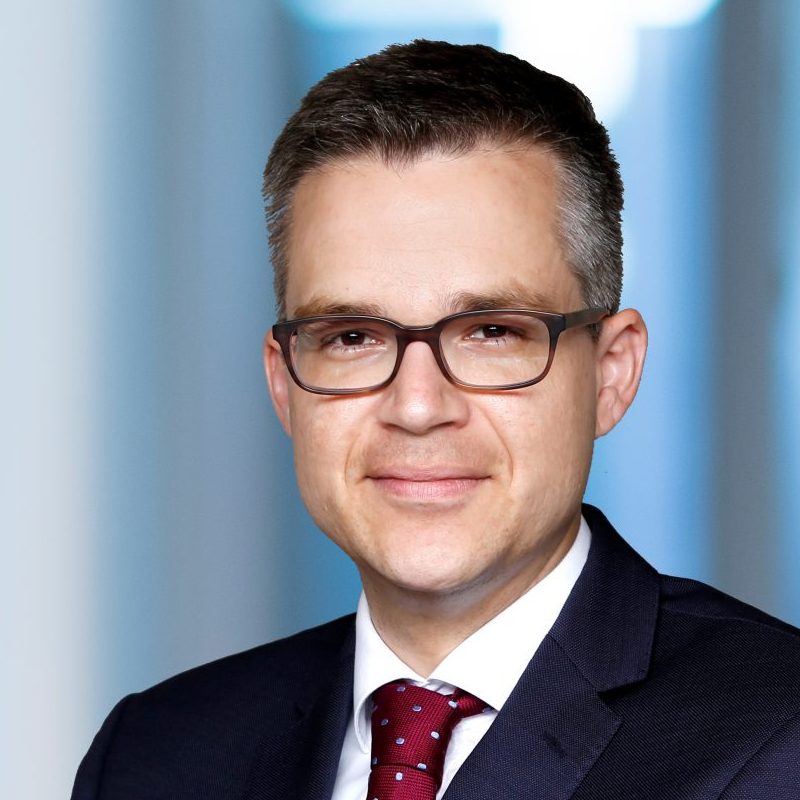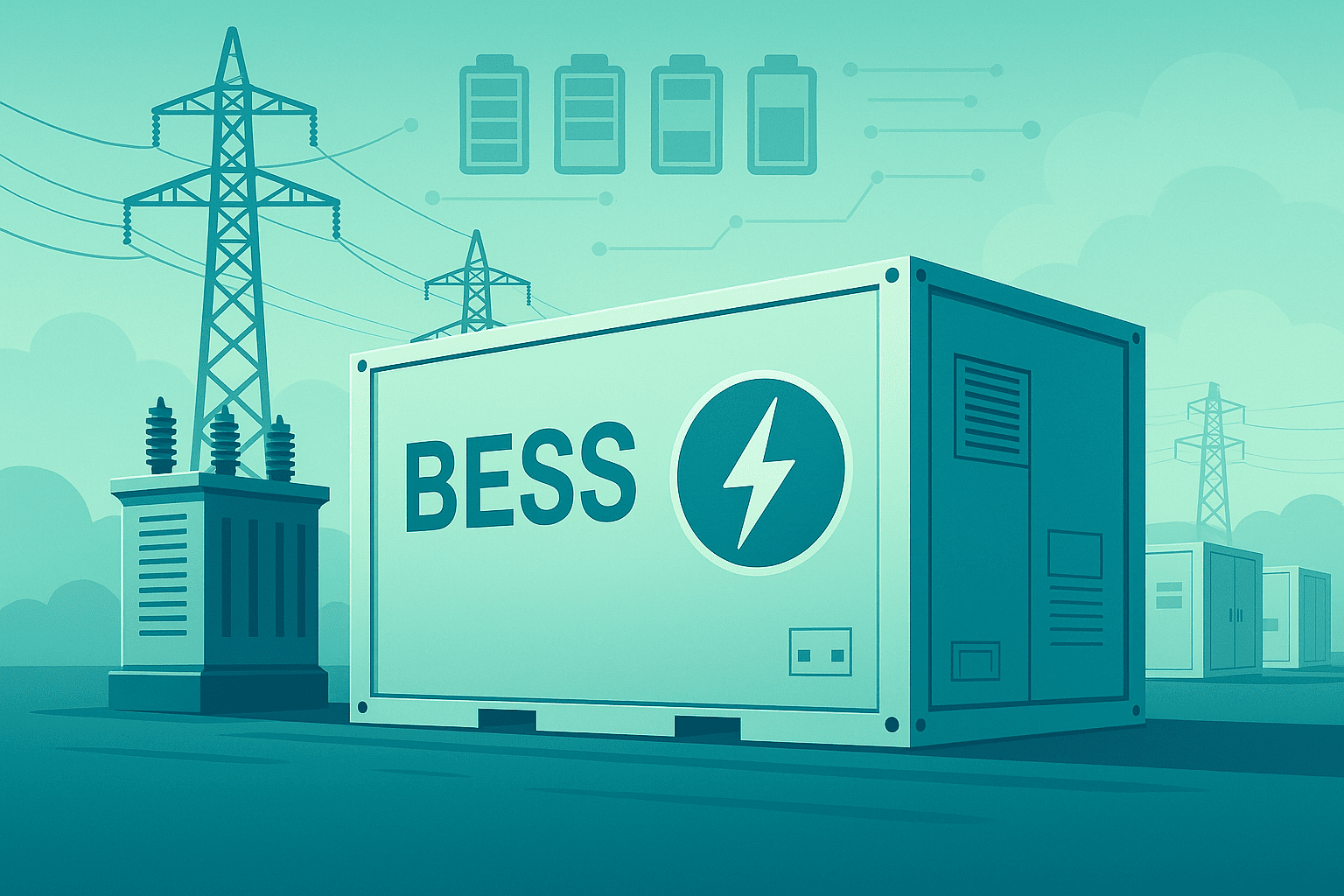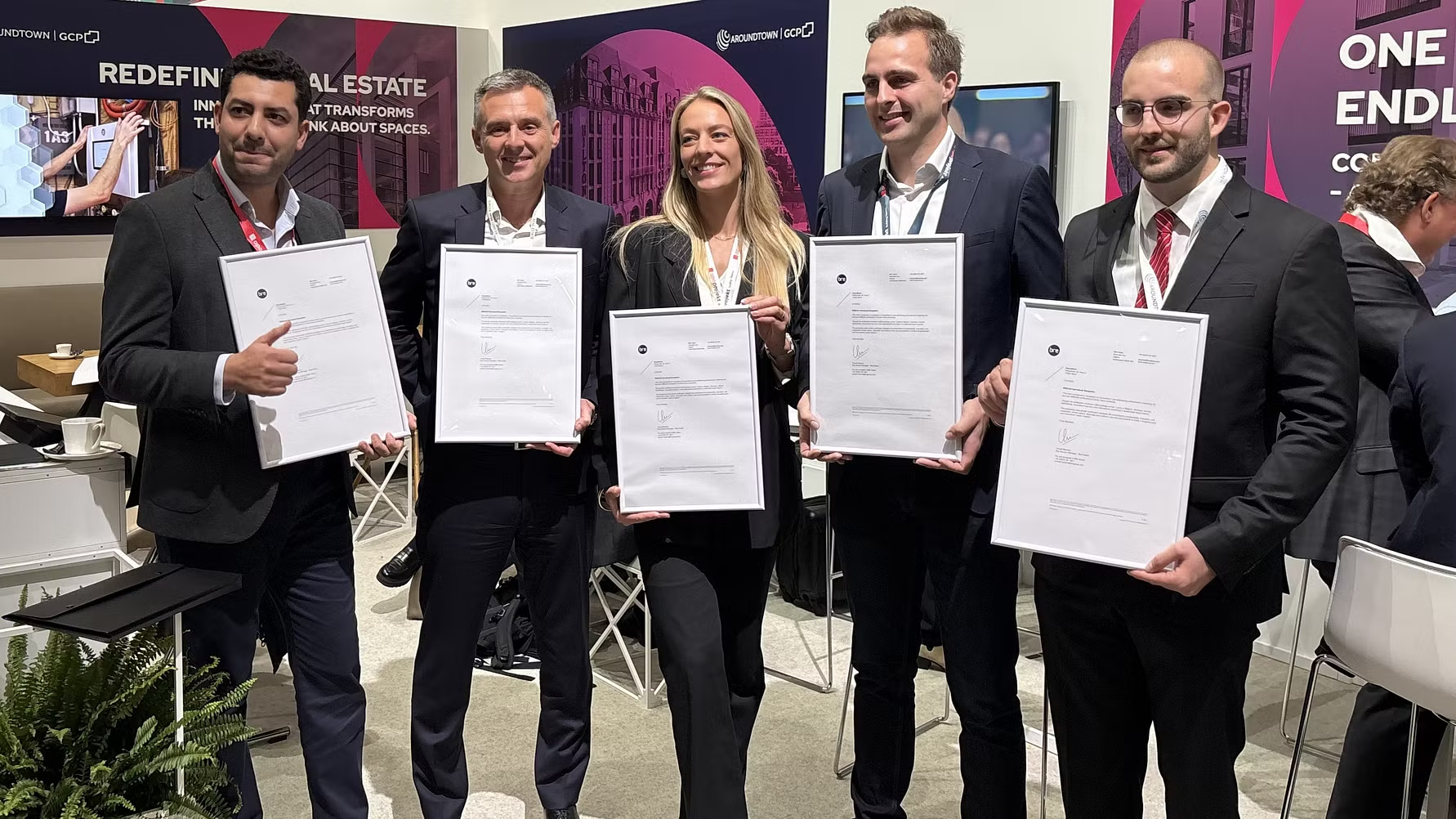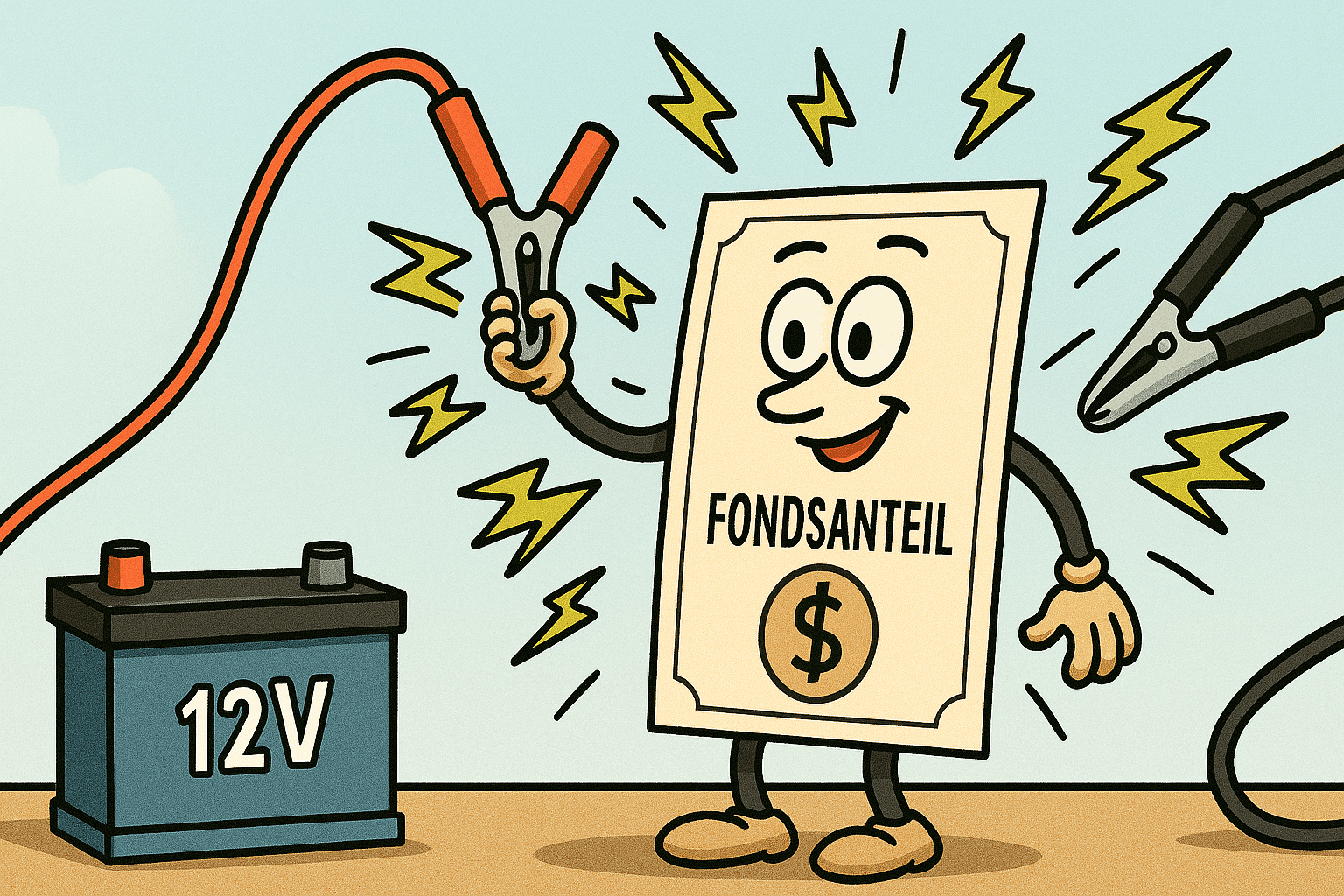
While the German AnlV diverts capital flows, Solvency II tries to accompany them in a risk-appropriate manner. Reduced capital requirements are intended to open up capital in particular for infrastructure – keyword: qualified infrastructure. The example of the investment in large-scale battery storage technology (BESS) clearly shows that successful capital mobilization depends on deeply anchoring template criteria such as long-term, calculable and contractually well-secured cash flows in the product design.
From the idea to the template
Solvency II does not have an infrastructure quota – but a strong concept: qualified infrastructure investments. The telos is clear: where risks are lower and cash flows are more stable, insurers’ capital requirements may fall. The regulatory logic is therefore that those who invest with certainty need less collateral. But the way to get there is through proofs, definitions and structures that do not arise by chance, but must be consciously created in the product design.
What the stencil requires
Article 164a and b of Delegated Regulation (EU) 2015/35 describe an ideal picture: predictable cash flows, limited corporate purpose, robust contracts, resilient governance.
(While Article 164a is aimed at infrastructure projects with clearly defined assets and project-related contracts, Article 164b extends the privilege to infrastructure companies – i.e. operating or holding structures whose business activities are permanently focused on the ownership, operation or financing of such assets.)
These requirements are intended to translate the economic stability of real assets into insurance regulatory security. Those who operate within this framework benefit from a capital adequacy requirement of around 22% instead of 39% – a privilege that is directly relevant to insurers’ investments.
BESS – Batteries as an interesting use case
Large-scale battery storage systems (BESS plants) that can be monetized in the electricity and balancing power market are increasingly attracting the interest of institutional investors as an infrastructure asset class – not least because of return expectations in the double-digit range.
Technical insights into the asset class are provided in the practical contribution by Dr. Andreas Peppel on ASSETPHYSICS. In the latest article , also by Dr. Andreas Peppel on this platform, the opportunities and risks of this asset class are summarized.
The regulator wants evidence – and the product design has to deliver
BESS investments per se have characteristics that may well fall under the Solvency II template of qualified infrastructure in individual cases:
- Predictable sources of income through long-term lease or capacity agreements with operators, grid operators or energy traders.
- Limited corporate purpose via project-related SPVs that operate exclusively storage.
- Technological planning thanks to modular systems, standardized maintenance cycles and clear performance clauses.
- Governance stability through service level agreements, insurance concepts and ESG monitoring.
Even though battery storage technology is largely standardized, funds differ according to how they are used for monetization. It is therefore not enough to simply prove that BESS investments can deliver long-term and well-hedged returns. From infrastructure funds of typically well-known operator models to very isolated risk-averse asset management approaches, the monetization of BESS investments is reflected in a broad spectrum.
This must therefore be taken into account in the subsumption. This is because, to put it very simply, the core question is whether, as a rule of the Solvency II logic, investors are protected by regulatory or contractual provisions in the use of BESS investments. And if not: Does this protection at least replace the fact that the income from the BESS plants is financed by payments from a large number of users. Different monetisation approaches in the fund may require different contractual implementation approaches in order to benefit from the reduced capital deposit. Who is the contractual partner in the individual fund construct and from which contracts does the monetization directly arise from the fund’s point of view in the respective individual case, which feeds distributions and capital returns to the investors?
Why qualification is so demanding
Even if in theory it is sufficient to prove that an investment delivers stable, long-term and well-hedged returns, in practice Solvency II requires a binding level of detail, which fund structures must first map. The distinction between project and corporate (Art. 164 a / b) requires the exact mapping of the economic purpose, the disclosure of the contract architecture and consistent cash flow forecasts at the asset level. Even small deviations – operators, variable revenue sources or mixed portfolios – can influence the classification. EIOPA already pointed out in 2016 in the Final Report on CP 16/004 and repeatedly in subsequent consultations that it is precisely the documentation obligations, data requirements and look-through analyses that significantly restrict the practical use of the privilege. Thus, the “qualified infrastructure” often remains less a question of risk than one of proof.
Therefore, the right KPI set must be developed in the respective fund design in order to be classified as a qualified infrastructure. Practice shows that this is precisely where the design task of good product providers lies: Those who anchor clean data interfaces, transparent contract logic and resilient KPI systems in the fund design turn regulatory challenges into competitive advantages.
📌 Results
- BESS plants in the electricity market support security of supply and grid stability.
- At the same time, BESS investments are an interesting approach for Solvency II investors to benefit from long-term cash flows thanks to their treatment as a qualified infrastructure with lower capital adequacy.
- However, Solvency II defines the qualified infrastructure within narrow limits in the sense of a template that needs to be understood and, depending on the specific fund design, correctly filled out.

























